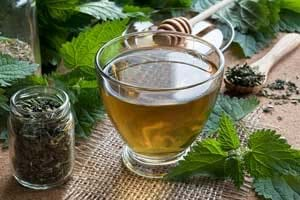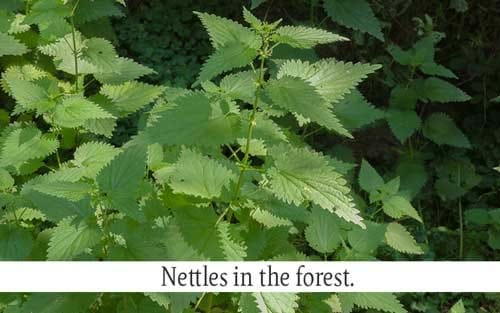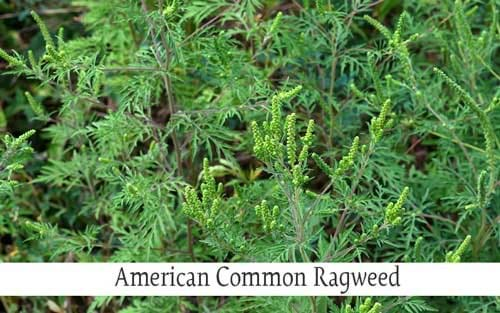Outdoor Itch Resource Center
Welcome to the outdoor itch resource center! Our goal is to help you stay itch and pain-free. We offer guides and how-to's to help you understand and avoid poison ivy and oak.
- Common Misconceptions About Treating Poison Ivy Rash
- How Does Poison Ivy Spread?
- How Does Poison Ivy Work?
- How old is my Tecnu
- How To Get Rid of Poison Ivy
- How to Identify Poison Ivy
- How to Identify Poison Oak
- How to Identify Poison Sumac
- How to Use Tecnu Original Outdoor Skin Cleanser on Pets, Clothing, Tools, Equipment and More
- Tecnu Original versus Tecnu Extreme
- Unexpected Sources of Poison Ivy or Oak Rash
- What is Contact Dermatitis?
- Where Do I Find Poison Ivy, Oak, and Sumac Plants?
- Which Tecnu Do I Use?
- Am I Immune To Poison Ivy?
- Are Dead Poison Ivy Plants Safe To Touch?
- Can I Get A Rash From Burning Poison Ivy?
- Can I Get Poison Ivy From My Dog?
- Can I Get Poison Ivy Rash From Someone Else?
- Do Blisters Cause Poison Ivy Rash To Spread?
- Does Bleach Help Poison Ivy Rash?
- How Do I Stop Itching From Poison Ivy And Oak?
- How Do You Cure Poison Ivy Fast?
- How Long Will Poison Ivy Rash Last?
- Should I Break The Blisters From Poison Ivy Rash?
- Should I Clean Poison Ivy From Clothing And Tools?
- Should I Wrap Or Cover Poison Ivy Rash?
- What Causes Poison Ivy Rash?
- What Does A Poison Ivy Rash Look Like?
- How to use Calagel
- How to use Tecnu Extreme
- How to use Tecnu Original
- How to use Tecnu Original Cleanser to Remove Poison Ivy and Oak Oil from Your Clothing
- How to use Tecnu Original Cleanser to Remove Poison Ivy and Oak Oil from Your Pet’s Fur
- How to use Tecnu Original Cleanser to Remove Poison Ivy and Oak Oil from your Skin
- How to use Tecnu Original Cleanser to Remove Poison Ivy and Oak Oil from your Tools
- How to use Tecnu Original Cleanser to Remove Skunk Oil from Your Pet's Fur
Nettles and Ragweed
Poison ivy, oak and sumac are not the only plants that can cause miserable rashes. Here are three commonly found plants that cause misery for many people.

Nettles
The first two, Wood Nettle and Stinging Nettle, are commonly used as herbal remedies. The root is used for joint ailments, as a diuretic and as an astringent. The top portion of the plant is used to treat UTI's, kidney stones and as irrigation therapy. Both can cause a miserable rash though!
Wood Nettle can have purple or green leaves, with hairs that stick straight up and out. These hairs are stingers that penetrate the skin and can cause itchy, reddish welts. It is found at the bottom of streams, rivers and forests.
Stinging Nettle, like Wood Nettle, also has stinging hairs, but is found close to mountains and within forests and has salmon colored flowers that are shaped like hearts. The hairs on Stinging Nettle are known to cause itching, inflammation and pain.
The key to identifying a Wood Nettle vs a Stinging Nettle is in the leaf pattern. Wood Nettle leaves alternate along the stem, whereas Stinging Nettle leaves are placed opposite one another, as pictured here:

Ragweed
The third plant that commonly causes rashes is Ragweed. Most people are familiar with respiratory reactions to Ragweed, but it can also cause a painful, itchy rash comprised of small bumps and blisters. Ragweed is commonly found in rural areas and open spaces with plenty of sunlight.

Like poison ivy and oak, topical anti-itch treatments may offer some relief, and if your rash is severe always consult a medical professional.
Updated on 12 Feb 2025
- Choosing a selection results in a full page refresh.
- Opens in a new window.
